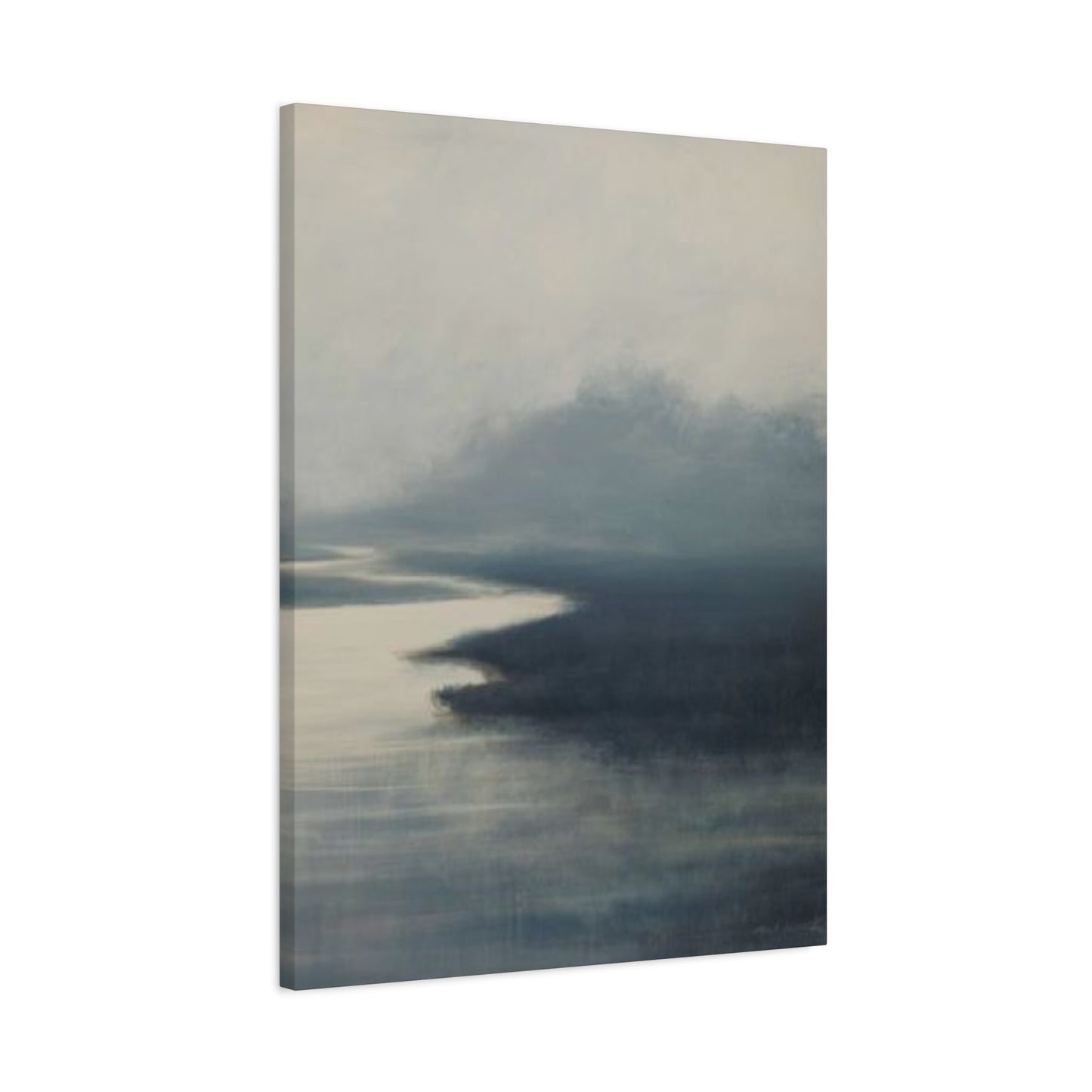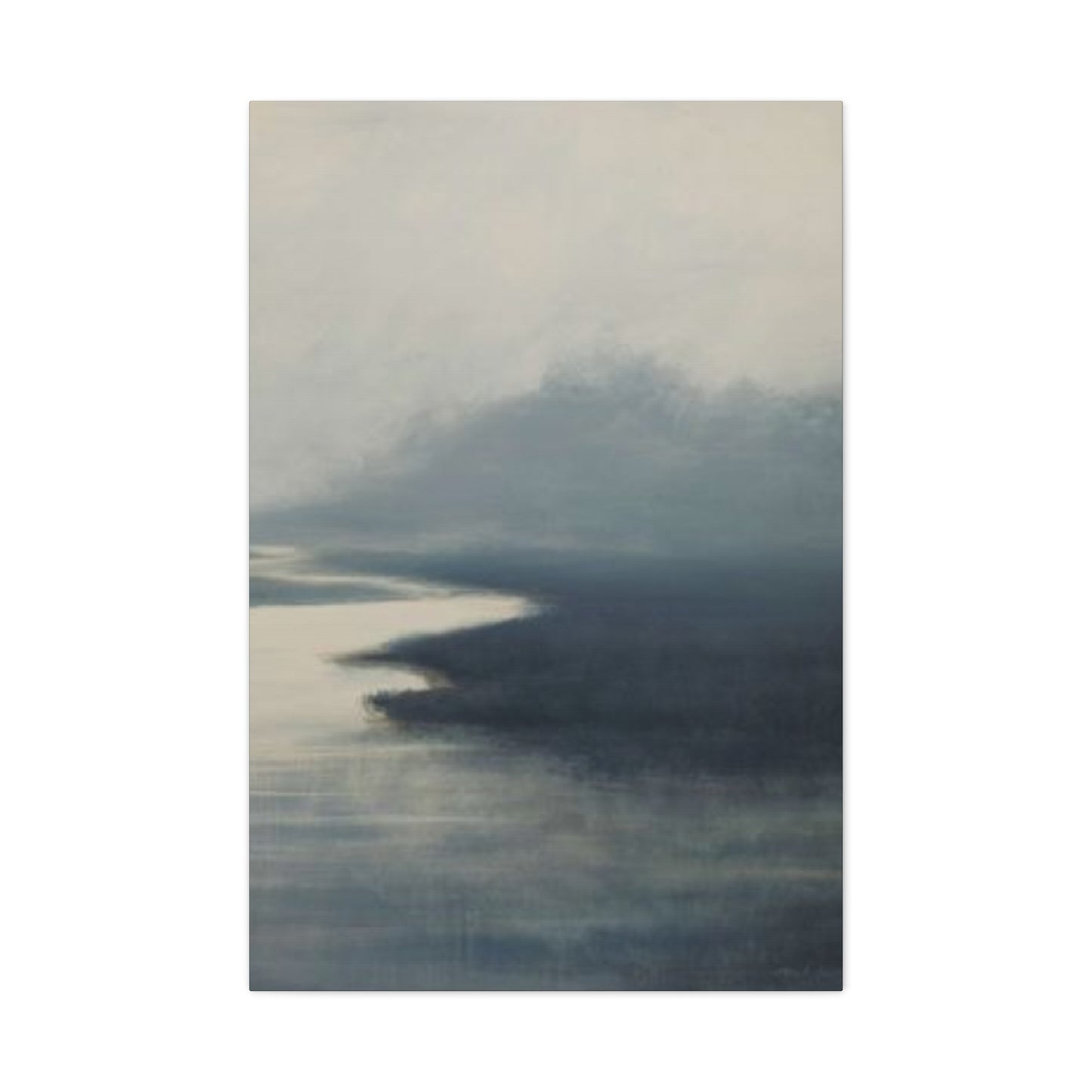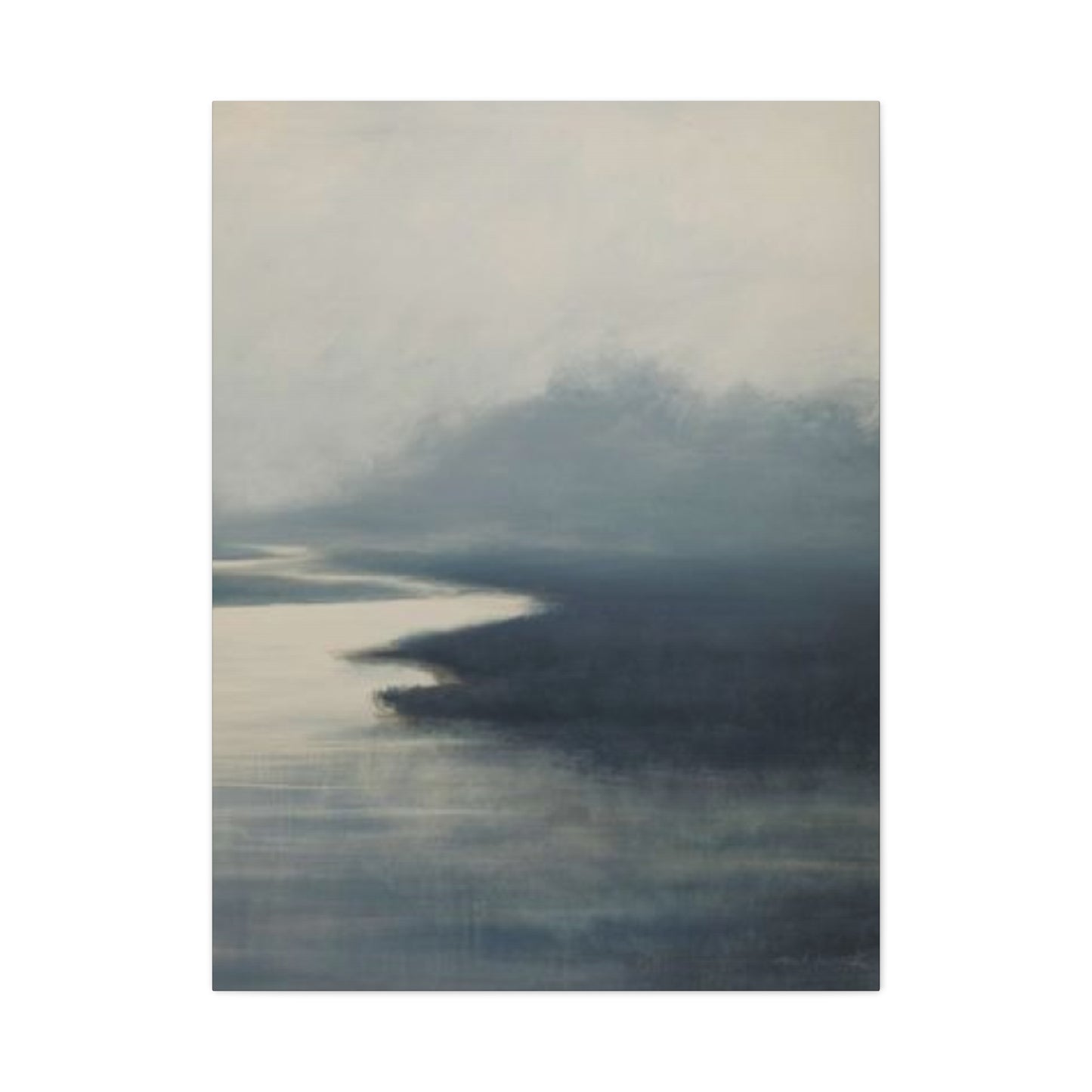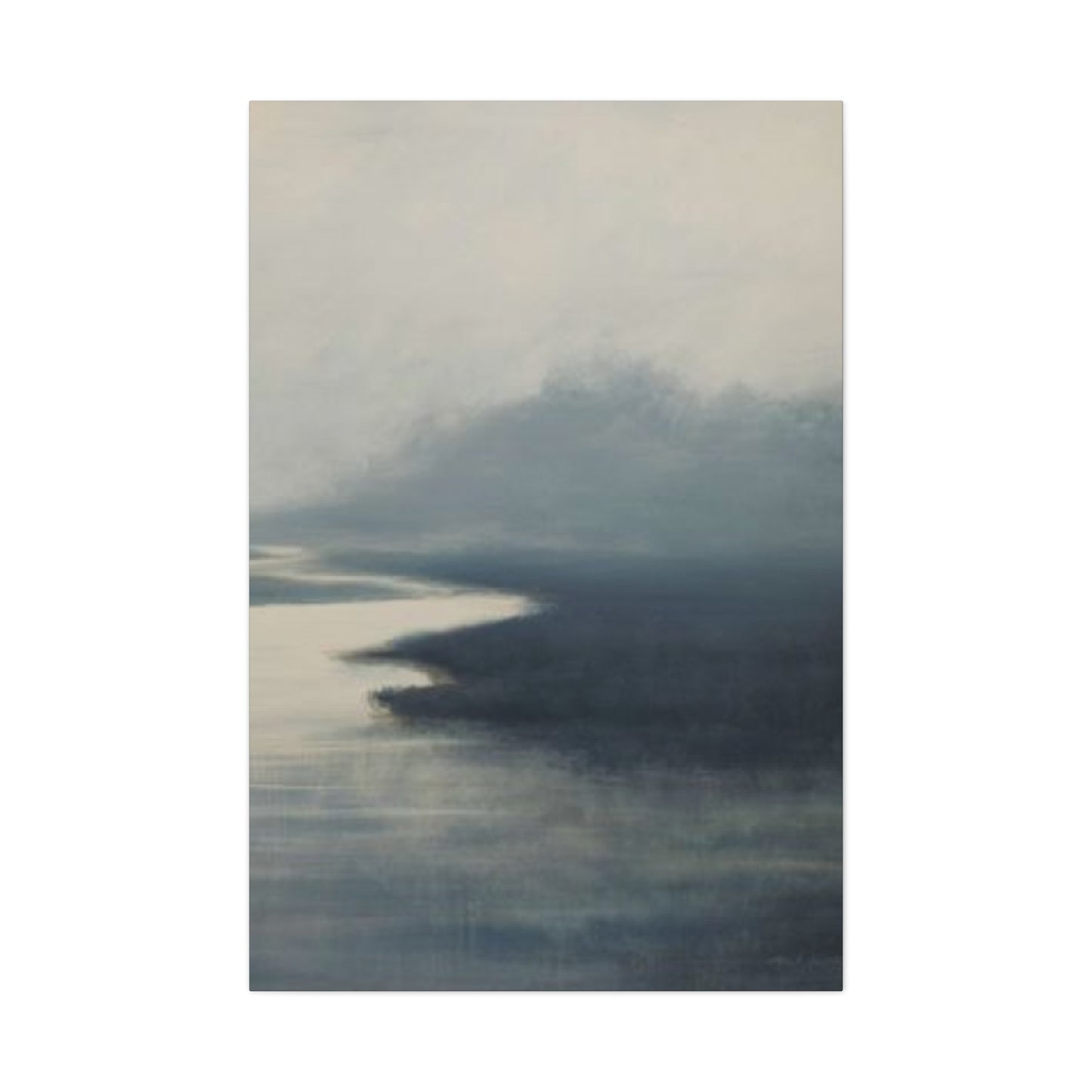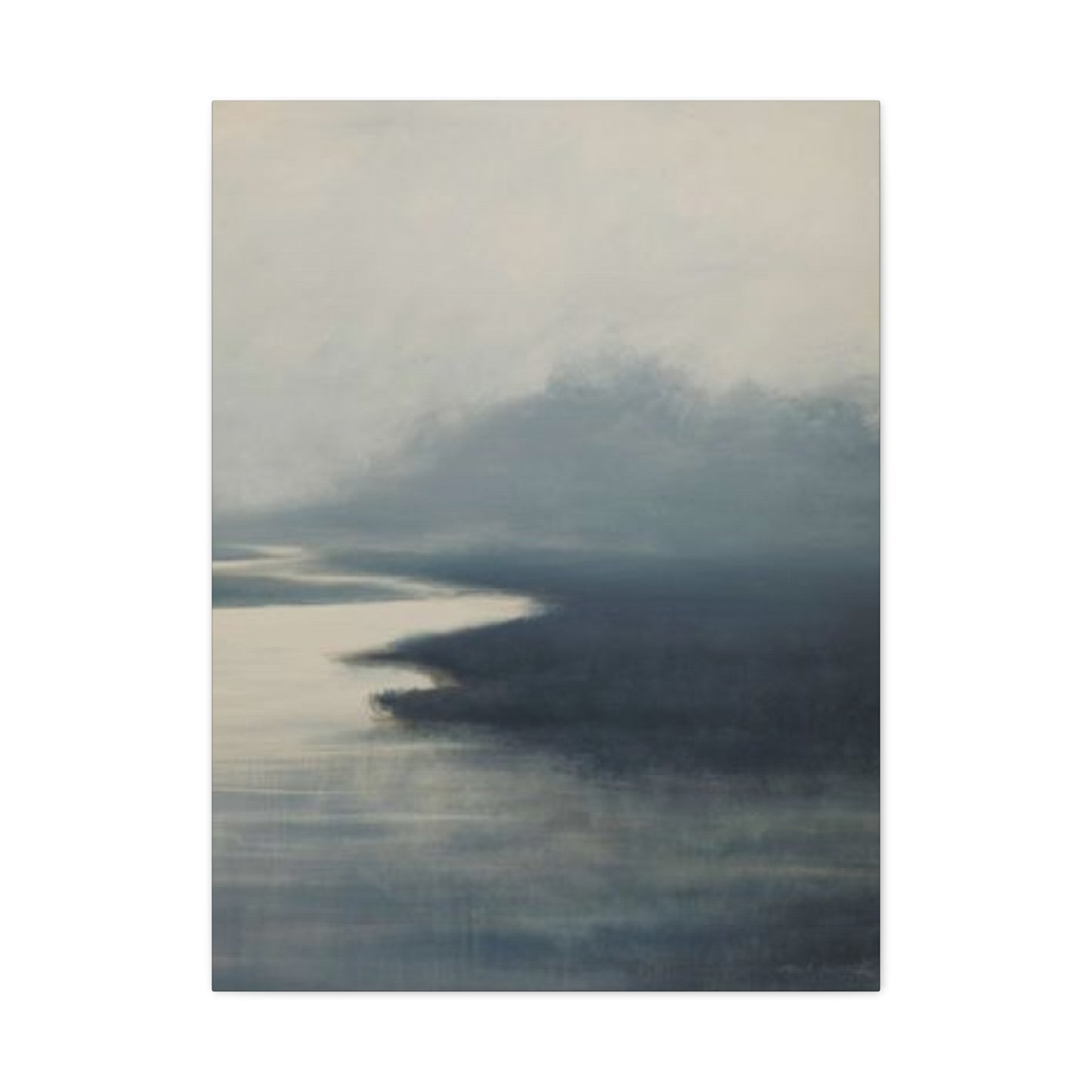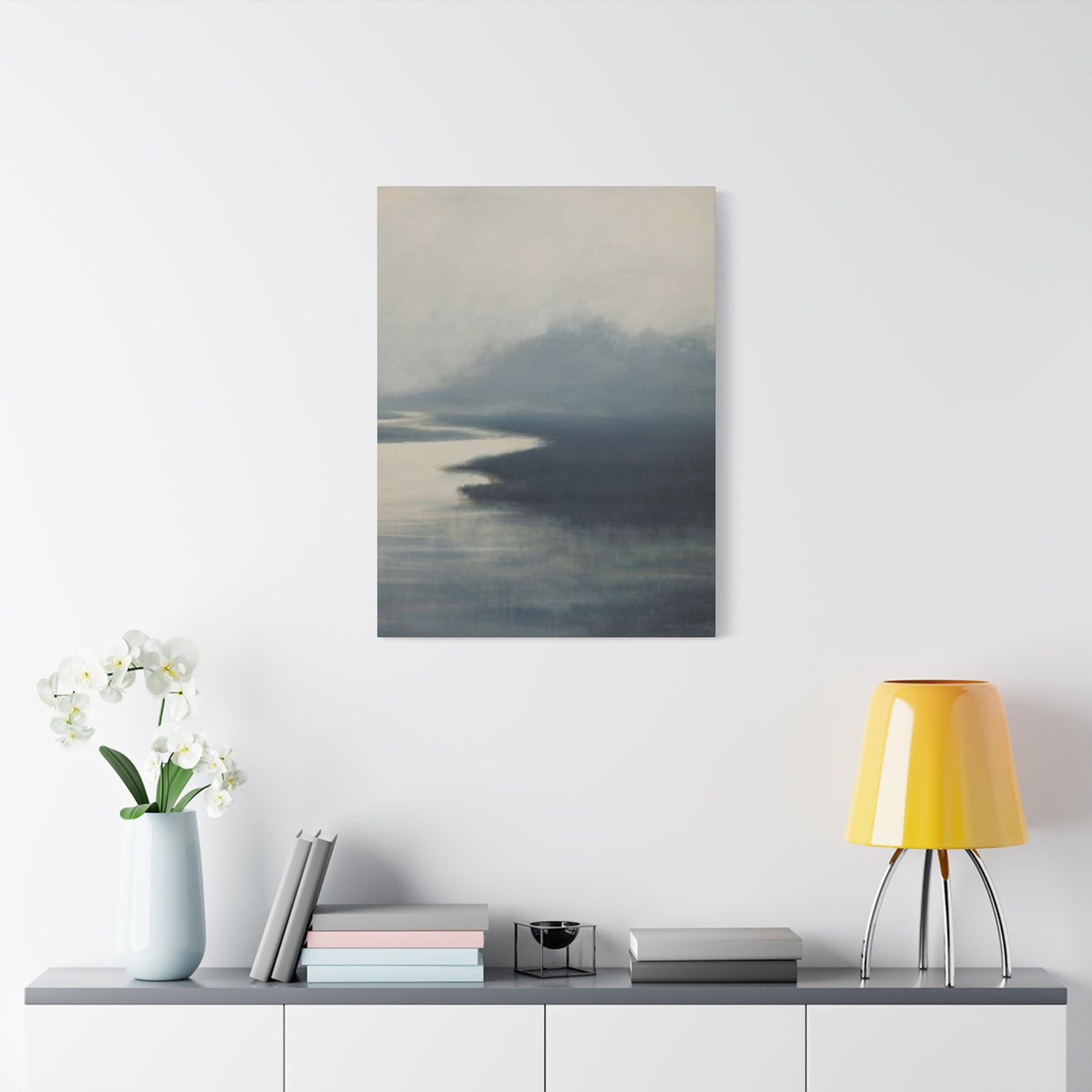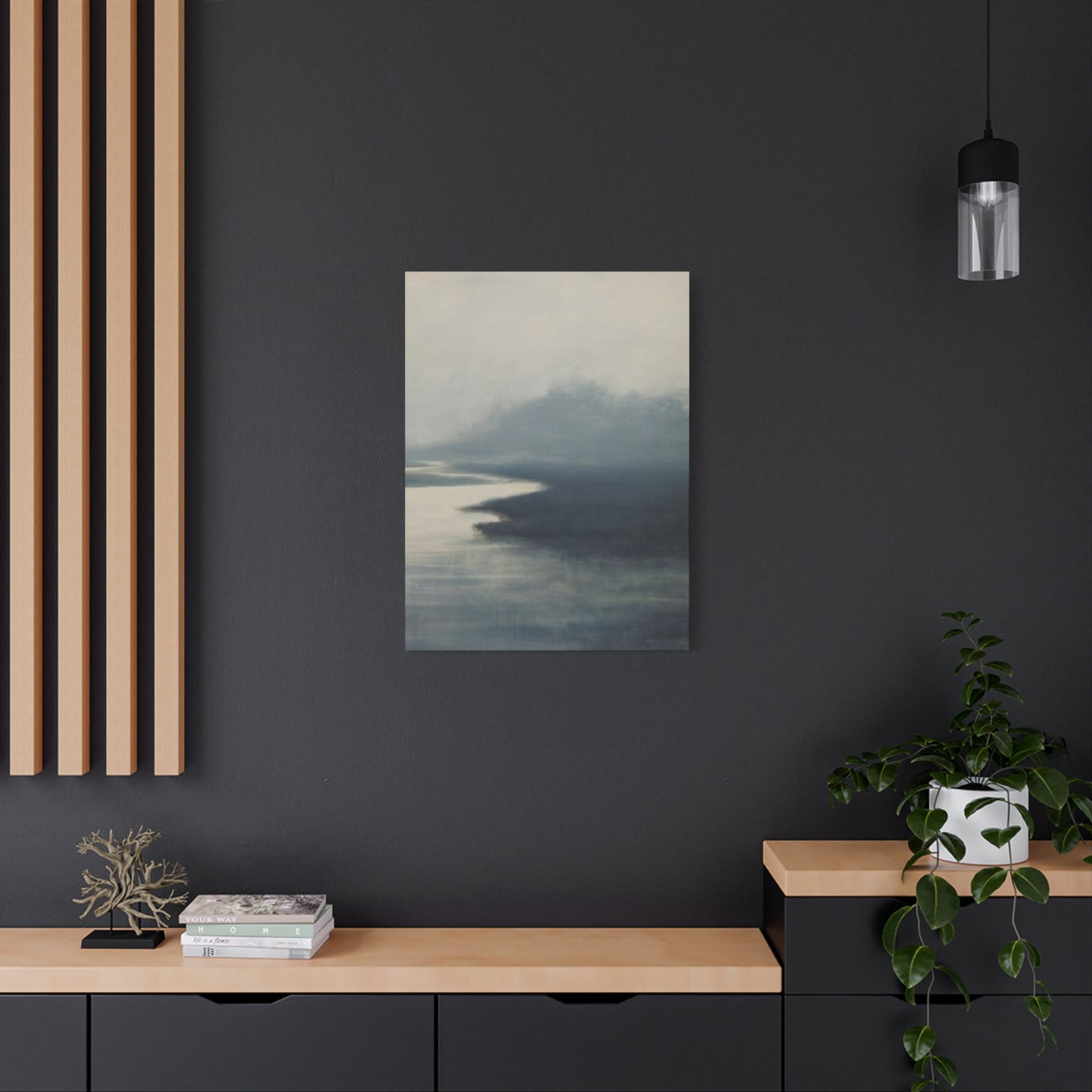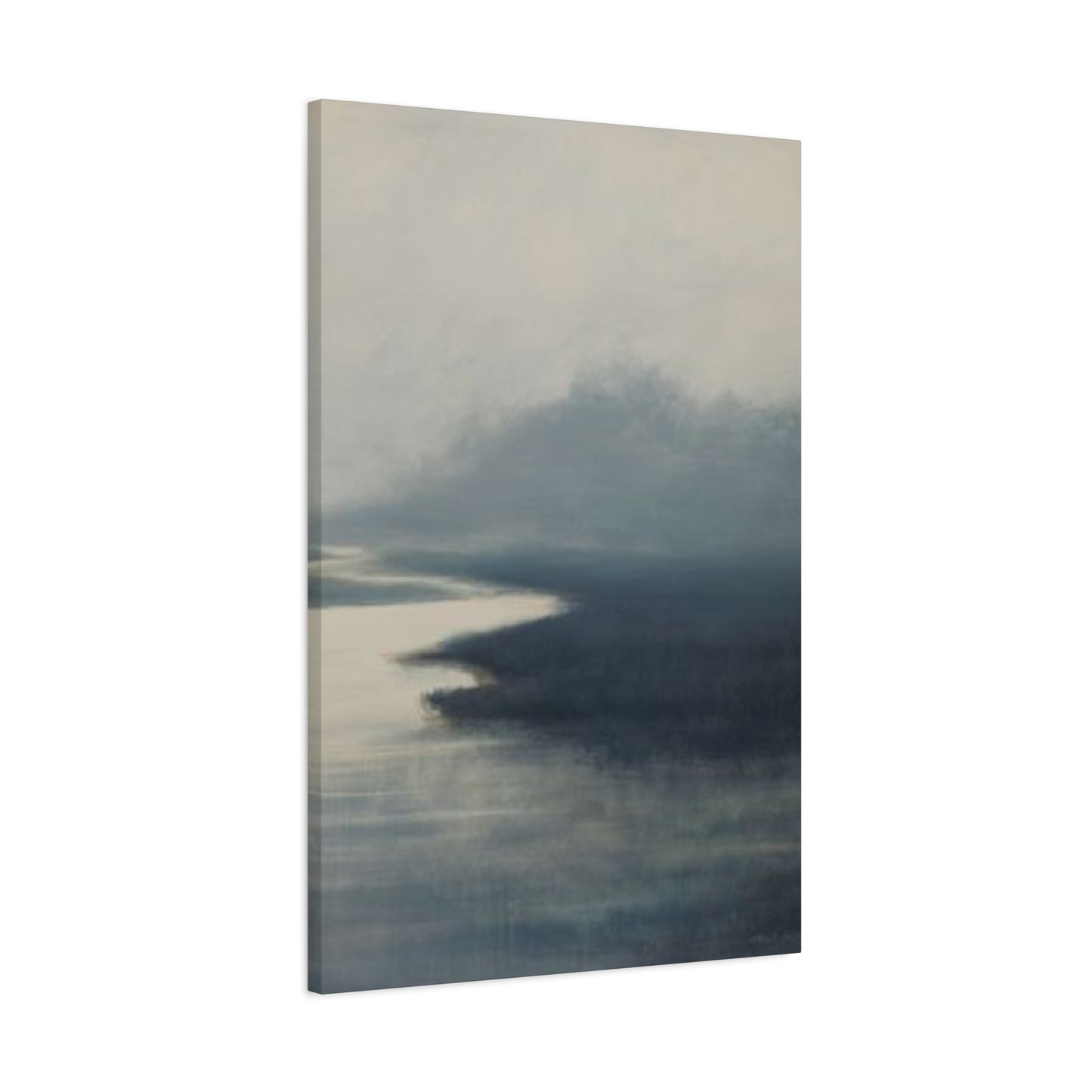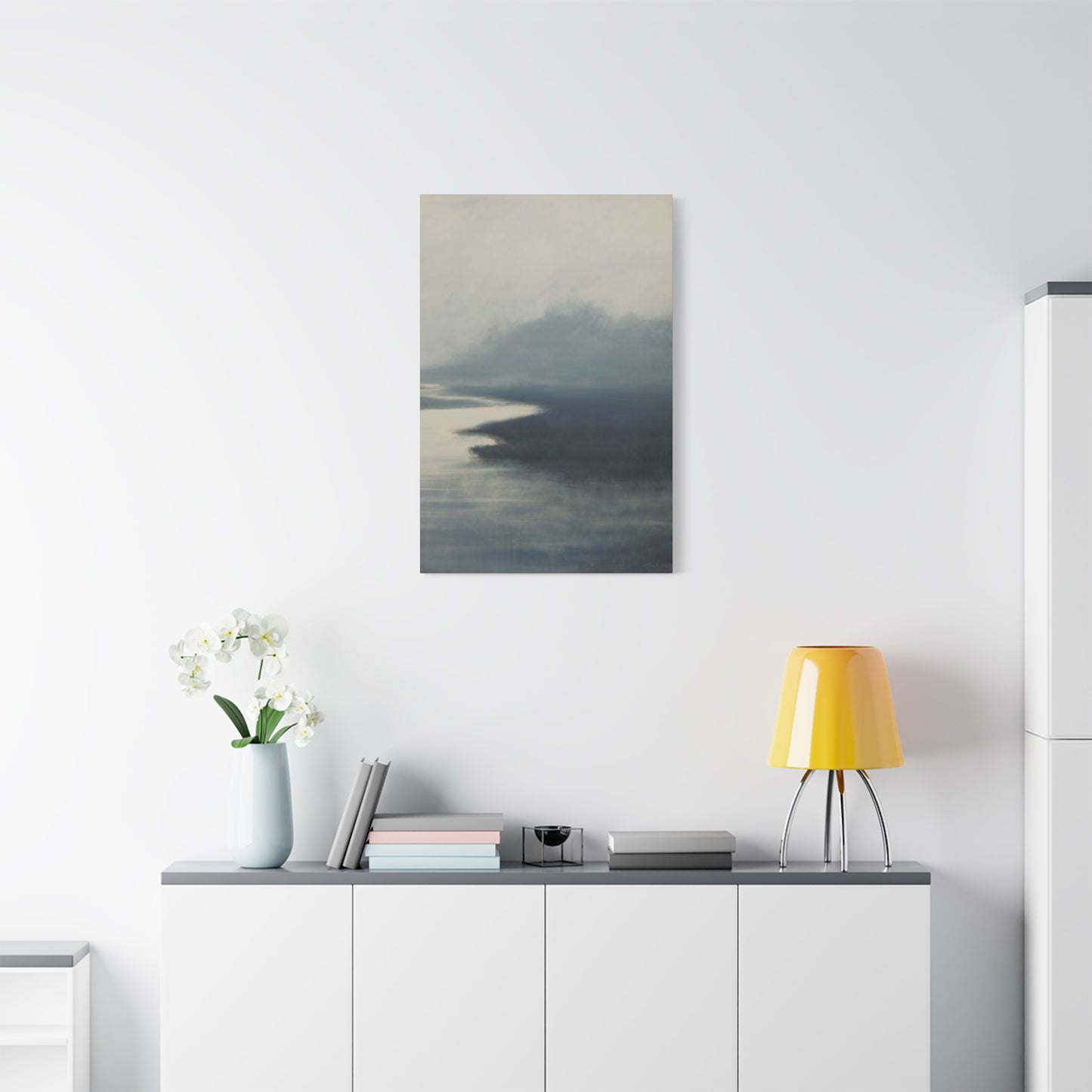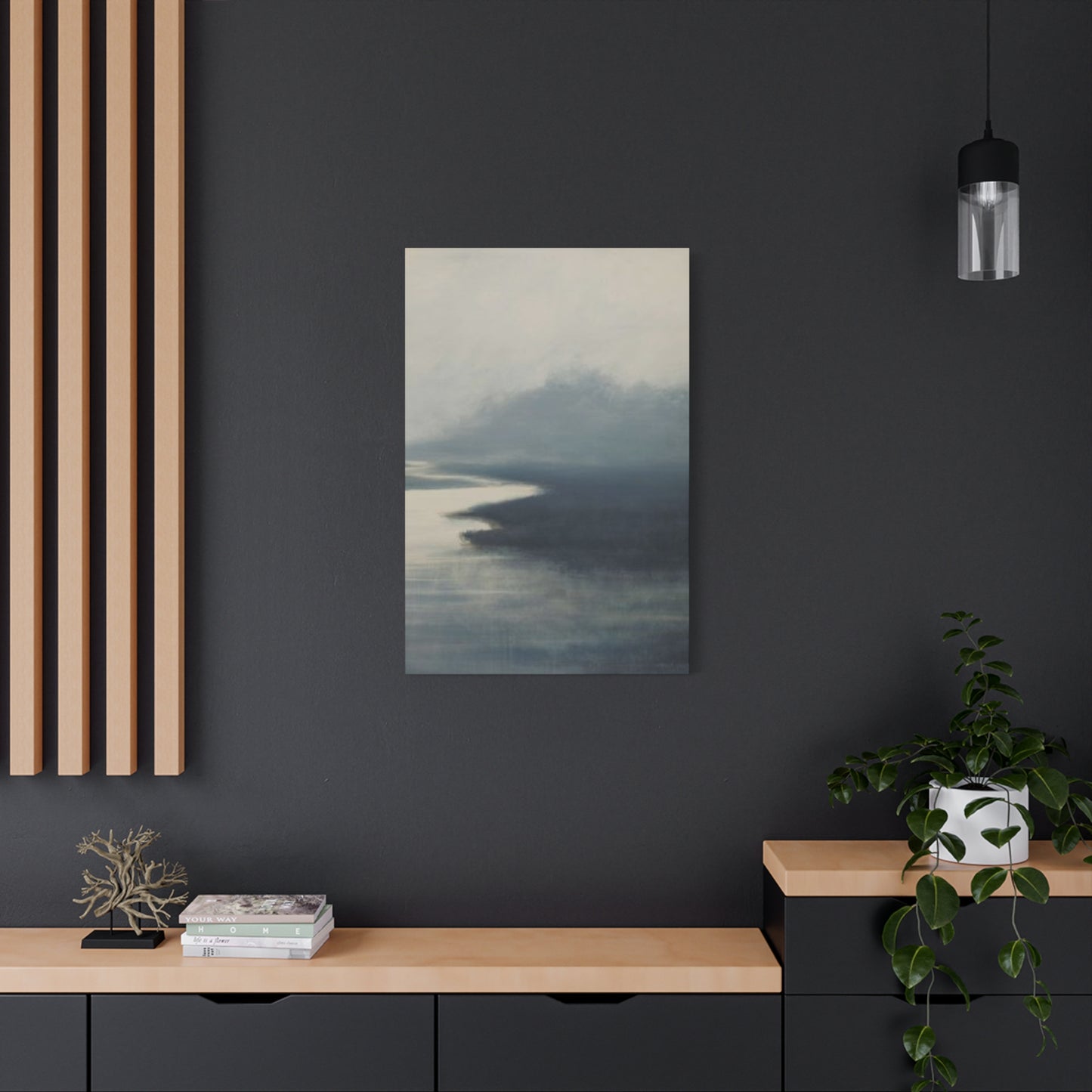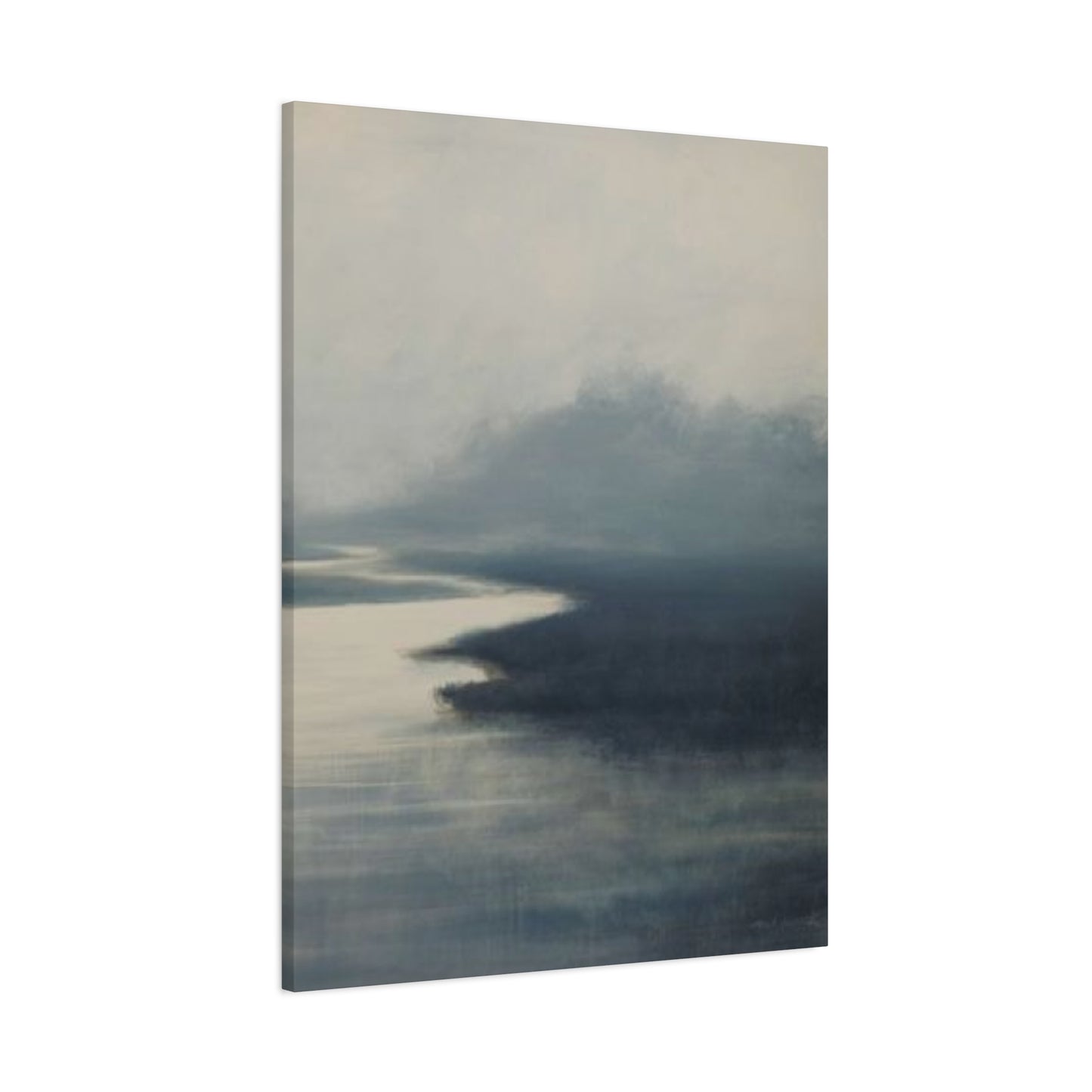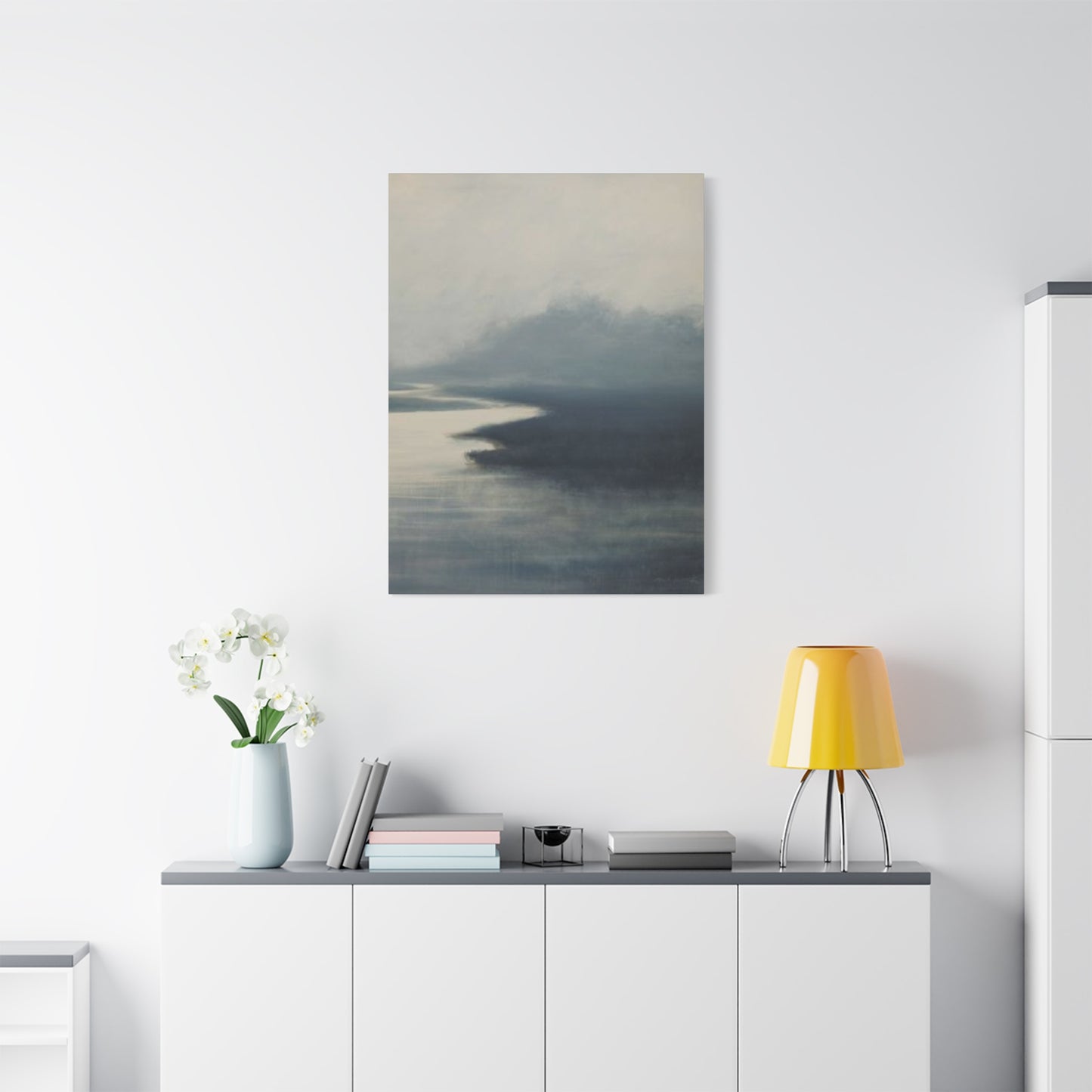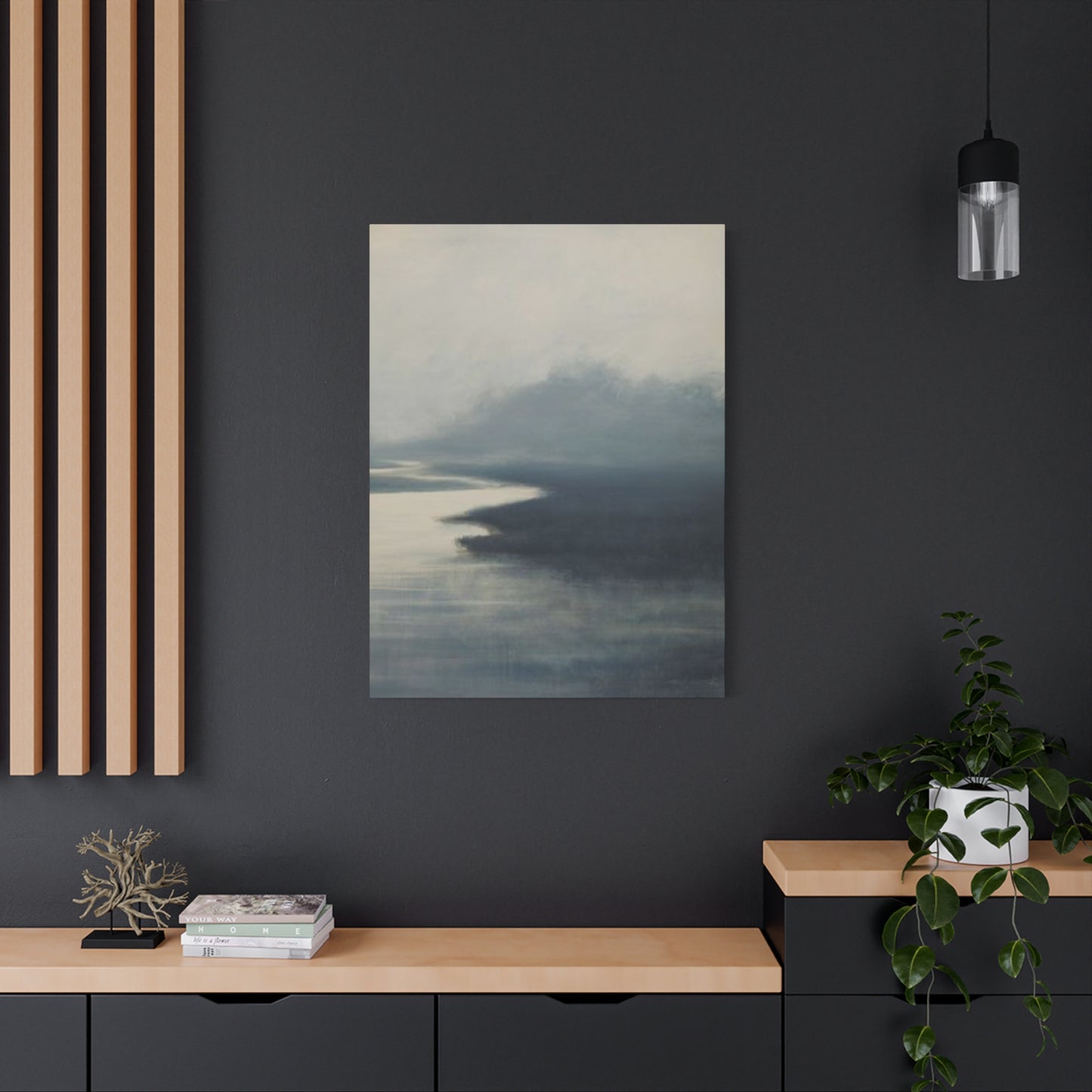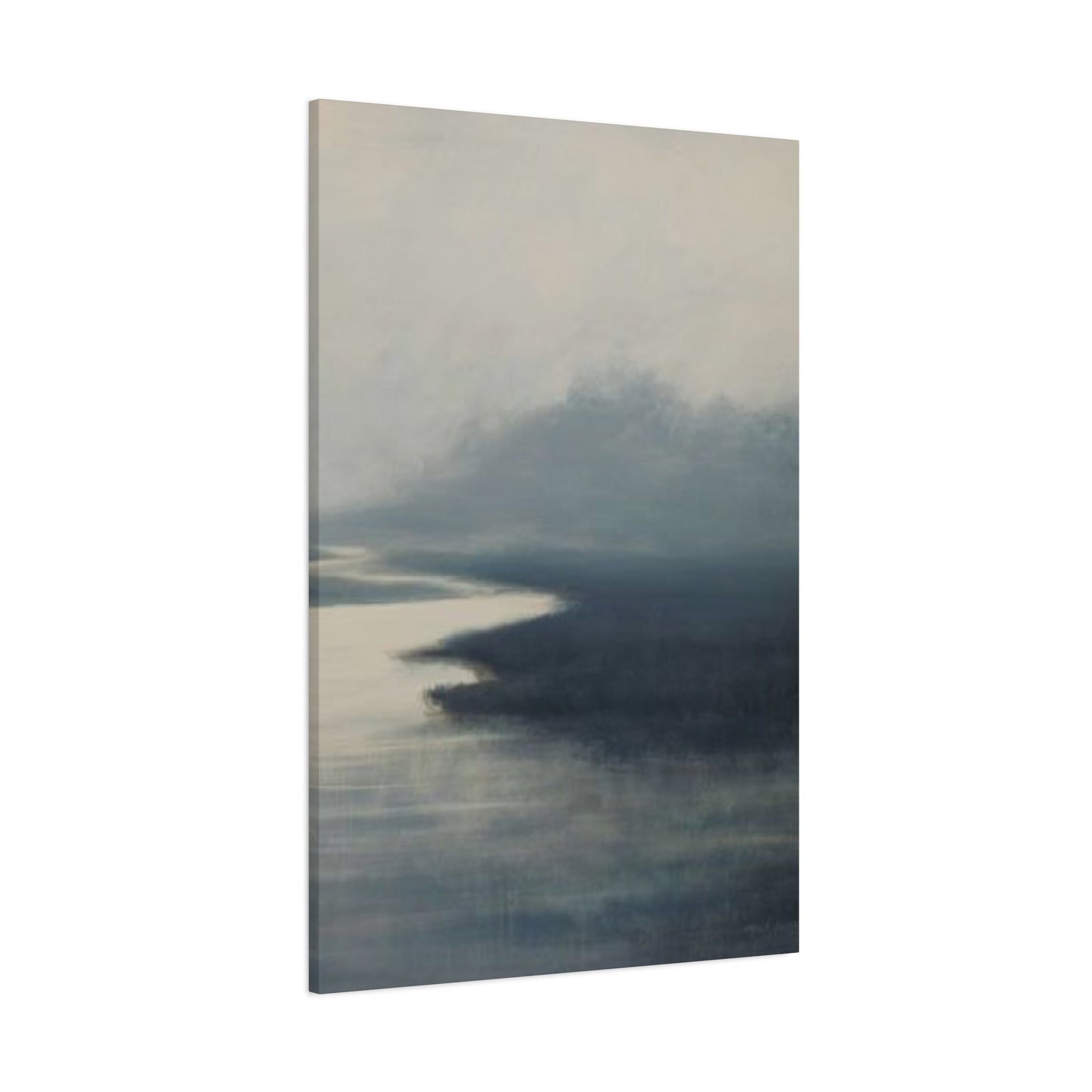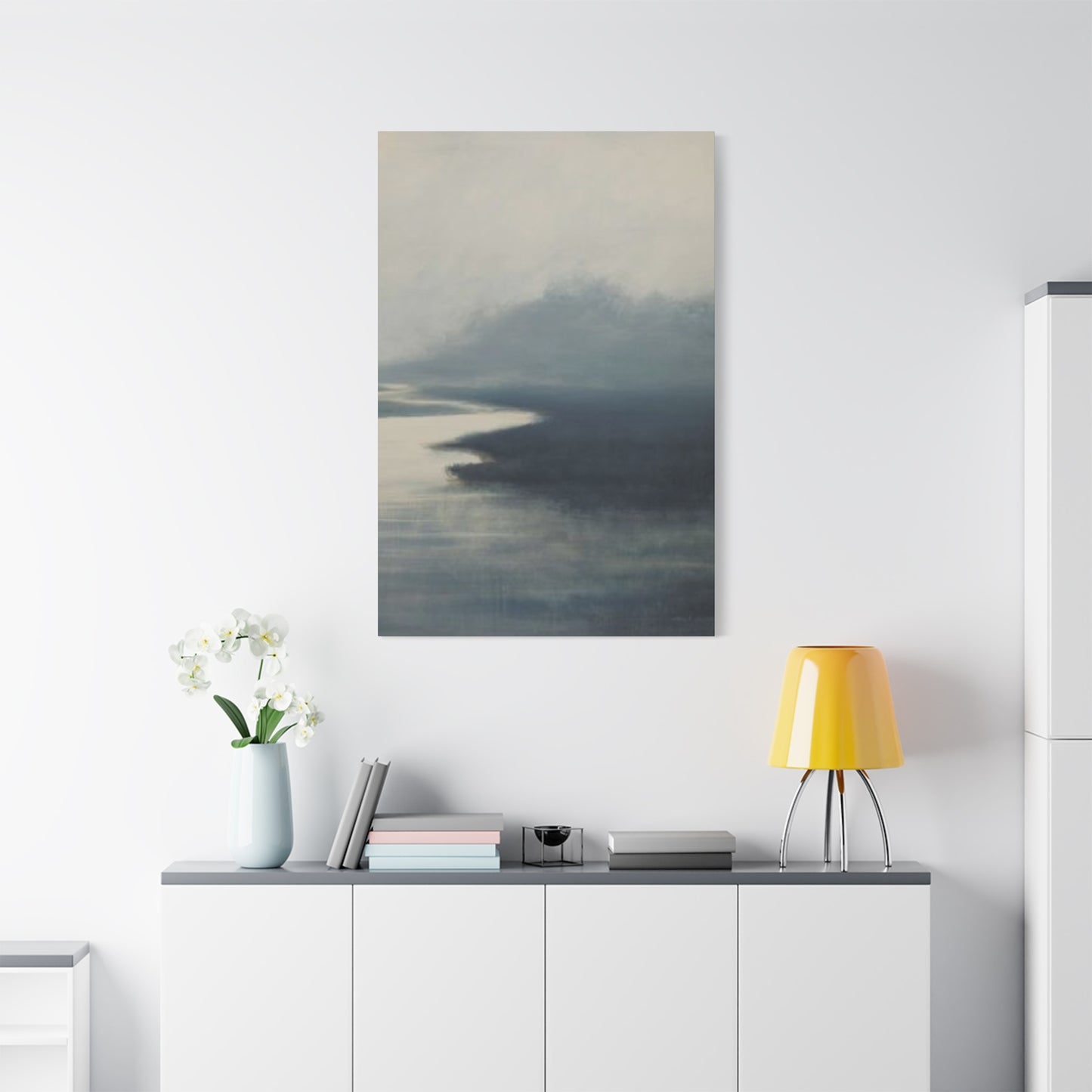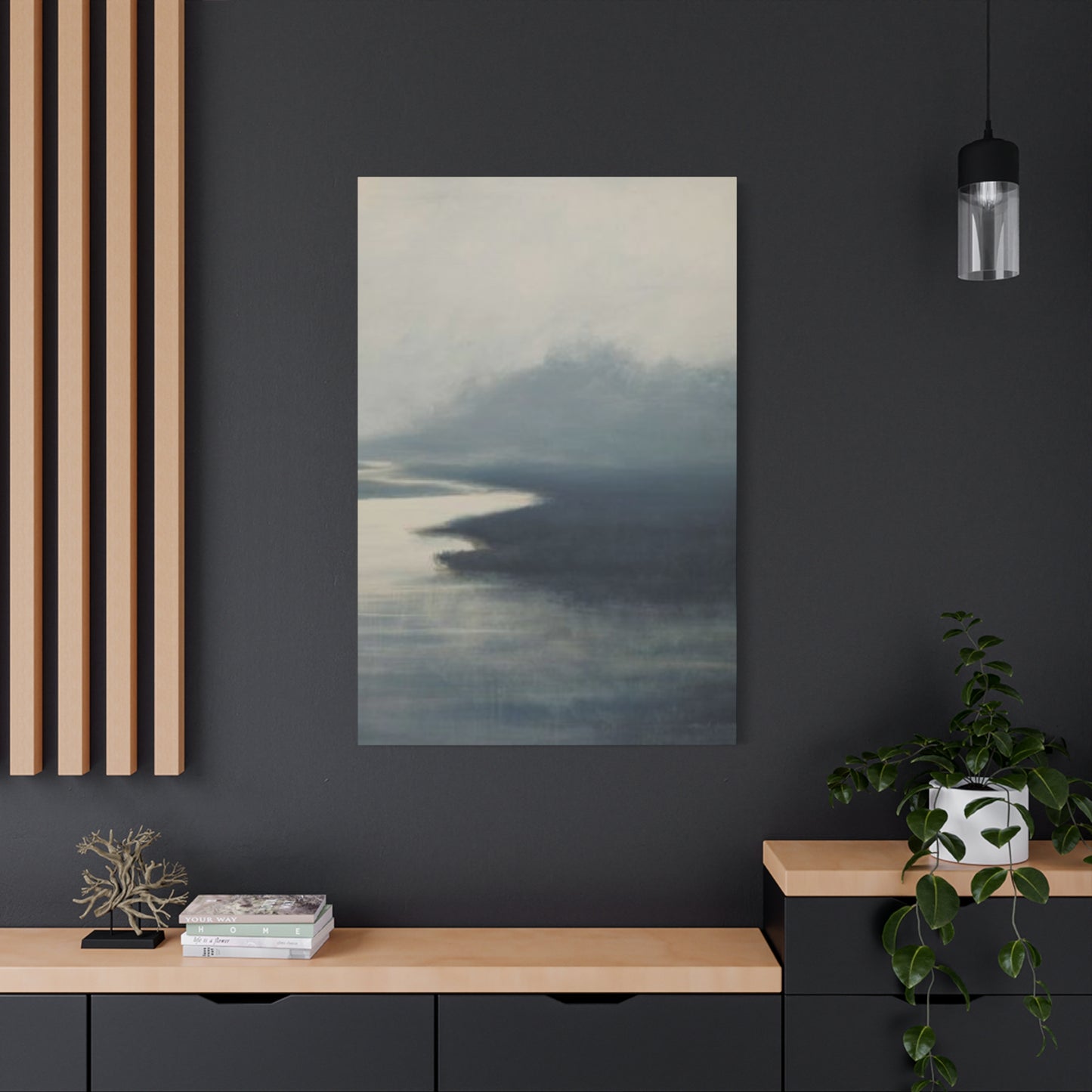Magnificent Beach fine Wall Art to Elevate Your Living Environment
The allure of coastal living extends far beyond geographical boundaries, captivating homeowners worldwide who seek to infuse their spaces with the tranquil essence of seaside environments. Beach wall art has emerged as a powerful design element that bridges the gap between urban living and oceanic serenity, offering an accessible pathway to create atmospheric interiors that evoke the calming presence of coastal landscapes. This comprehensive exploration delves into the multifaceted world of beach-themed wall decorations, examining how these artistic elements can revolutionize residential and commercial spaces while providing practical guidance for selecting, displaying, and integrating coastal artwork into diverse interior design schemes.
The psychological impact of beach imagery extends beyond mere aesthetic appeal, tapping into fundamental human connections with natural environments that promote relaxation, creativity, and emotional well-being. Research in environmental psychology consistently demonstrates that exposure to natural imagery, particularly scenes depicting water and coastal environments, can significantly reduce stress levels, lower blood pressure, and enhance cognitive function. Beach wall art serves as a daily reminder of these beneficial environments, creating visual anchors that transport viewers to peaceful coastal settings regardless of their actual geographical location.
Contemporary interior design has witnessed a remarkable shift toward biophilic design principles, which emphasize the integration of natural elements into built environments. Beach wall art exemplifies this trend, offering sophisticated methods to incorporate organic forms, natural color palettes, and scenic vistas that satisfy our innate connection to the natural world. The versatility of coastal artwork allows for seamless integration across various design styles, from contemporary minimalism to traditional coastal cottage aesthetics, making it an invaluable tool for interior designers and homeowners alike.
The market for beach-themed wall art has expanded exponentially in recent years, driven by increased consumer interest in wellness-focused design, the popularity of vacation rental properties, and the growing trend of creating sanctuary-like home environments. This expansion has fostered innovation in printing technologies, artistic techniques, and presentation formats, resulting in unprecedented quality and variety in available coastal artwork options. From high-resolution photography capturing pristine shorelines to abstract interpretations of oceanic movements, the contemporary beach wall art landscape offers something for every taste and budget.
Seaside Canvas Artwork for Creating Peaceful Home Atmospheres
Canvas printing technology has revolutionized the accessibility and quality of beach-themed artwork, enabling homeowners to display museum-quality reproductions of coastal scenes at affordable price points. The texture and depth provided by canvas substrates enhance the visual impact of beach imagery, creating tactile surfaces that invite closer inspection and emotional engagement. Modern canvas printing processes utilize archival inks and protective coatings that ensure longevity and color stability, making these pieces suitable for long-term display in residential environments.
The selection process for coastal canvas prints requires careful consideration of multiple factors, including room dimensions, existing color schemes, lighting conditions, and desired emotional impact. Successful integration of beach canvas art depends on achieving harmony between the artwork and surrounding design elements while maintaining the piece's ability to serve as a focal point or complementary accent. The scale relationship between canvas prints and wall spaces significantly influences visual balance, with larger canvases making bold statements in spacious rooms while smaller pieces work effectively in intimate settings or as part of gallery wall arrangements.
Color psychology plays a crucial role in the effectiveness of coastal canvas prints, as different hues evoke varying emotional responses and complement different interior color palettes. Cool blues and greens associated with ocean water promote feelings of calm and tranquility, making them ideal for bedrooms, meditation spaces, and areas designated for relaxation. Warmer tones found in sunset beach scenes can energize spaces and create inviting atmospheres in social areas such as living rooms and dining spaces. The interplay between warm and cool tones within individual pieces adds visual interest and versatility, allowing single artworks to complement multiple design elements within a room.
The technical aspects of canvas print production directly impact the final quality and longevity of beach wall art pieces. High-resolution source images ensure sharp detail reproduction, particularly important for capturing the intricate textures of sand, water, and sky that characterize compelling beach photography. Professional-grade canvas materials resist sagging, fading, and moisture damage, essential considerations for pieces displayed in humid environments or areas with significant temperature fluctuations. The stretching and mounting process affects both the aesthetic appearance and structural integrity of canvas prints, with gallery-wrap techniques creating clean, professional presentations that eliminate the need for additional framing.
Placement strategies for coastal canvas prints extend beyond simple wall mounting to encompass comprehensive spatial design considerations. The eye-level positioning principle ensures optimal viewing experiences while accounting for furniture arrangements and traffic patterns within rooms. Lighting design significantly influences the visual impact of canvas prints, with natural light enhancing the luminous qualities of beach scenes while artificial lighting systems can be strategically positioned to highlight specific elements or create dramatic evening presentations. The interaction between artwork and surrounding furnishings creates opportunities for thematic reinforcement through coordinated color schemes, textural contrasts, and complementary accessories.
The emotional resonance of beach canvas prints stems from their ability to evoke personal memories and associations with coastal experiences. Individual responses to beach imagery vary based on personal history, cultural background, and psychological preferences, making the selection process highly subjective yet emotionally significant. The most effective coastal canvas prints transcend mere decorative function to become meaningful elements that enhance daily life experiences and contribute to overall well-being. This emotional connection encourages long-term satisfaction with artistic choices and supports the integration of beach themes throughout home environments.
Incorporating Ocean Elements Inside: Coastal Wall Art Concepts
The concept of bringing oceanic elements into interior spaces represents a fundamental shift in how we approach residential design, moving beyond superficial decorative applications to embrace comprehensive lifestyle philosophies centered on coastal living principles. This approach recognizes that effective beach wall art serves as more than visual decoration, functioning as environmental cues that influence mood, behavior, and overall quality of life within domestic settings. The successful integration of ocean-inspired elements requires thoughtful consideration of spatial relationships, material selections, and atmospheric qualities that collectively create convincing coastal environments regardless of geographical location.
Natural lighting plays a pivotal role in the effectiveness of ocean-themed wall art, as coastal environments are characterized by distinctive light qualities that change throughout the day and seasons. Successful interior implementations of beach wall art consider how natural and artificial lighting interact with artwork to create dynamic visual experiences that mirror the ever-changing nature of coastal environments. Strategic placement near windows allows artworks to benefit from the shifting qualities of daylight, while carefully positioned artificial lighting systems can simulate the golden hour illumination that makes beach scenes particularly captivating during evening hours.
The material palette associated with coastal environments extends far beyond visual representations to encompass tactile and sensory experiences that complement beach wall art installations. Natural materials such as driftwood, sea glass, shells, and weathered metals can be incorporated as framing elements, display accessories, or complementary decorative objects that enhance the authenticity of coastal-themed spaces. These materials introduce textural variety and organic irregularities that contrast effectively with the smooth surfaces of printed artwork while reinforcing thematic consistency throughout room designs.
Color temperature considerations become particularly important when developing ocean-inspired interior schemes that effectively showcase beach wall art. Cool color temperatures associated with clear sky and deep water create refreshing, expansive feelings that work well in areas designed for relaxation and contemplation. Warmer color temperatures reflecting sunset conditions and sun-warmed sand introduce energy and comfort that enhance social spaces and areas intended for active use. The skillful combination of various color temperatures within single spaces creates visual interest and supports different functional requirements throughout daily use patterns.
The scale and proportion of ocean elements within interior spaces significantly impact the credibility and effectiveness of coastal design schemes. Oversized beach wall art can create dramatic focal points that dominate spatial experiences, while collections of smaller pieces allow for more subtle thematic integration that supports rather than overwhelms existing design elements. The relationship between artwork dimensions and room proportions influences spatial perception, with appropriately scaled pieces enhancing room dimensions while poorly proportioned selections can create visual imbalances that detract from overall design success.
Seasonal considerations add another layer of complexity to ocean-inspired interior design, as coastal environments exhibit distinct characteristics throughout the year that can be reflected in wall art selections and display strategies. Summer-themed beach scenes featuring bright skies and active shorelines create energizing atmospheres during warmer months, while winter coastal imagery showcasing dramatic weather conditions and moody lighting can provide compelling focal points during colder seasons. The ability to rotate or modify beach wall art displays throughout the year maintains visual interest while allowing interior spaces to reflect the changing character of coastal environments.
The integration of technology with traditional beach wall art opens new possibilities for creating dynamic ocean-inspired environments that respond to changing conditions and preferences. Digital display systems can rotate through extensive collections of coastal imagery, providing variety and preventing visual fatigue associated with static displays. Smart lighting systems can adjust color temperature and intensity throughout the day to complement beach artwork while simulating the natural lighting conditions found in coastal environments. These technological enhancements support the goal of creating convincing coastal atmospheres while providing flexibility for personal customization and seasonal adaptation.
Expansive Coastal Canvas Works for Feature Wall Applications
Large-scale beach canvas prints represent a significant investment in spatial design, offering the potential to dramatically alter room atmospheres while creating commanding visual statements that define entire interior environments. The decision to incorporate oversized coastal artwork requires careful consideration of multiple factors, including room dimensions, ceiling heights, viewing distances, and surrounding design elements that will interact with these dominant visual features. Successful implementation of large beach canvas prints can establish powerful focal points that organize spatial experiences while providing daily reminders of coastal tranquility and natural beauty.
The production of large-format beach canvas prints presents unique technical challenges that directly impact final quality and visual effectiveness. High-resolution source images become increasingly important as print dimensions expand, with inadequate resolution resulting in pixelation and loss of detail that undermines the immersive qualities essential for effective large-scale displays. Professional printing facilities utilize specialized equipment and techniques to ensure consistent color reproduction and sharp detail across expansive canvas surfaces, while advanced mounting systems provide structural support necessary for long-term display without sagging or distortion.
Spatial planning for large beach canvas installations requires comprehensive analysis of room layouts, traffic patterns, and viewing angles to optimize placement and maximize visual impact. The relationship between artwork dimensions and wall proportions influences perceived room size, with appropriately scaled pieces enhancing spatial grandeur while oversized selections can overwhelm smaller spaces. Viewing distance considerations ensure that fine details remain visible and accessible while preventing artwork from dominating spatial experiences to the detriment of room functionality and comfort.
The framing and presentation of large beach canvas prints significantly influence their integration with surrounding design elements and overall aesthetic impact. Frameless gallery-wrap presentations create clean, contemporary appearances that allow artwork to blend seamlessly with modern interior design schemes, while traditional framing approaches can provide formal presentations that complement more classical design styles. The edge treatment of wrapped canvases offers opportunities for creative presentation, with image extensions around sides creating three-dimensional effects that enhance visual depth and spatial integration.
Lighting design becomes increasingly critical for large beach canvas displays, as inadequate illumination can result in uneven visibility and reduced visual impact across expansive surface areas. Professional lighting systems utilize multiple fixtures positioned at strategic angles to ensure uniform illumination while avoiding glare and reflections that interfere with viewing experiences. The interaction between artificial lighting and large beach canvas prints can create dramatic evening presentations that transform room atmospheres and provide compelling focal points during nighttime use.
The thematic consistency between large beach canvas prints and surrounding design elements determines the success of comprehensive coastal interior schemes. Coordinated color palettes, complementary materials, and supporting accessories work together to create convincing coastal environments that extend beyond individual artworks to encompass entire room designs. The scale of large canvas prints provides opportunities to establish dominant themes that influence all subsequent design decisions within spaces, creating cohesive environments that effectively transport occupants to coastal settings.
Maintenance considerations for large beach canvas prints include regular cleaning protocols, environmental protection measures, and periodic condition assessments to ensure long-term preservation and continued visual effectiveness. The increased surface area of large prints makes them more susceptible to dust accumulation and environmental damage, requiring proactive care strategies to maintain optimal appearance and prevent deterioration. Professional installation services often include maintenance guidance and periodic inspection services that support long-term investment protection and sustained visual quality.
Simplified Seaside Imagery for Contemporary Interior Design
Modern interior design trends increasingly favor minimalist approaches that emphasize clean lines, uncluttered spaces, and carefully curated decorative elements that serve both aesthetic and functional purposes. Minimalist beach wall art aligns perfectly with these design principles, offering serene coastal imagery stripped of excessive detail and visual complexity while maintaining the emotional impact and environmental connections that make beach themes so appealing. This refined approach to coastal artwork focuses on essential elements such as horizon lines, color gradients, and simplified forms that complement contemporary design sensibilities without overwhelming minimalist interior schemes.
The color palettes associated with minimalist beach art tend toward monochromatic or limited color schemes that emphasize subtle tonal variations rather than dramatic contrasts or vibrant hues. These restrained color approaches create sophisticated presentations that integrate seamlessly with neutral interior design schemes while providing gentle visual interest that supports rather than competes with architectural features and furniture selections. The psychological impact of simplified beach imagery often proves more profound than busy, detail-heavy alternatives, as viewers can project their own memories and associations onto uncluttered compositions without distraction.
Composition strategies for minimalist beach wall art focus on fundamental design principles such as balance, proportion, and negative space utilization that create visually satisfying arrangements without relying on complex subject matter or elaborate detail. Horizon lines positioned according to the rule of thirds create naturally pleasing compositions while suggesting the infinite expanse characteristic of ocean views. Negative space becomes a crucial design element that provides visual rest areas and enhances the impact of featured elements through strategic simplification and careful editing of visual information.
The materials and production techniques used for minimalist beach art often emphasize quality over quantity, with premium substrates and printing processes that ensure subtle color gradations and smooth tonal transitions are accurately reproduced. Canvas textures may be minimized or eliminated in favor of smooth surfaces that support the clean aesthetic associated with minimalist design approaches. Mounting and presentation systems similarly emphasize simplicity and refinement, with hidden hardware and seamless integration techniques that maintain focus on artwork content rather than display mechanics.
Scale relationships become particularly important in minimalist beach art applications, as simplified compositions must rely on proportion and placement for visual impact rather than intricate detail or complex subject matter. Large-scale minimalist pieces can create powerful statements through the strategic use of negative space and subtle color variations, while smaller works benefit from careful grouping and precise placement that creates visual dialogue between pieces without creating visual clutter. The interaction between artwork scale and surrounding space determines the success of minimalist presentations.
The lighting requirements for minimalist beach art differ from more complex coastal artwork, as subtle tonal variations and color gradients require even, consistent illumination to maintain visual coherence and prevent unwanted shadows or highlights that interfere with intended effects. Natural lighting often provides ideal conditions for viewing minimalist beach art, as changing daylight conditions create dynamic interactions with simplified compositions throughout daily cycles. Artificial lighting systems should emphasize uniformity and color accuracy to preserve the intended aesthetic impact of minimalist presentations.
The psychological effects of minimalist beach art support contemporary lifestyle trends that prioritize stress reduction, mental clarity, and environmental wellness within residential settings. Simplified coastal imagery provides visual anchors for meditation and contemplation while avoiding the visual stimulation that can contribute to sensory overload in busy modern environments. The calming influence of minimalist beach scenes supports the creation of sanctuary-like spaces that offer respite from external pressures and promote internal reflection and emotional balance.
Tropical Seaside Canvas Artwork for Living Areas
Living rooms serve as central gathering spaces where families and friends come together to relax, entertain, and create lasting memories, making them ideal locations for tropical beach canvas art that establishes welcoming atmospheres and conversation-starting focal points. The vibrant colors, lush vegetation, and exotic appeal of tropical beach scenes bring energy and warmth to living areas while providing visual connections to paradise destinations that inspire dreams of escape and adventure. The selection and placement of tropical beach artwork in living spaces requires careful consideration of room functions, seating arrangements, and social dynamics that characterize these important domestic environments.
The color intensity associated with tropical beach scenes offers both opportunities and challenges for living room integration, as vibrant blues, greens, and coral tones can energize spaces while potentially overwhelming existing color schemes if not carefully coordinated. Successful tropical beach art installations often serve as starting points for comprehensive room redesigns that embrace bold color palettes and exotic themes throughout furniture selections, textile choices, and accessory placements. The key to effective integration lies in balancing vibrant tropical colors with neutral base elements that prevent visual chaos while maintaining the exotic appeal that makes tropical themes so attractive.
Furniture arrangement strategies in living rooms displaying tropical beach art should consider optimal viewing angles and distances that allow artwork to be appreciated from multiple seating positions without dominating conversational groupings or interfering with traffic flow. The relationship between seating heights and artwork placement influences viewing experiences, with eye-level positioning ensuring comfortable appreciation while accounting for both seated and standing viewing positions. Large tropical beach canvases can serve as dramatic backdrops for seating areas, while smaller pieces may be grouped to create gallery walls that provide visual interest without overwhelming intimate conversational settings.
The seasonal adaptability of tropical beach art makes it particularly suitable for living room environments that must serve diverse functions throughout the year and accommodate changing social needs. During winter months, vibrant tropical scenes provide psychological warmth and color that counteracts shorter days and colder weather, while summer presentations can reinforce outdoor living themes and enhance connections between interior and exterior spaces. The ability to modify lighting, accessories, and complementary decorative elements allows tropical beach art to adapt to seasonal preferences while maintaining its core appeal and visual impact.
Entertainment considerations become important when integrating tropical beach art into living rooms equipped with television screens, audio equipment, and gaming systems that may compete for visual attention or create technical conflicts with artwork placement. Strategic positioning of tropical canvas prints can complement entertainment systems by providing visual balance and thematic continuity that enhances rather than detracts from media experiences. The warm, inviting qualities of tropical beach scenes create comfortable viewing environments that support both active entertainment and passive relaxation activities.
The social psychology of tropical beach art in living spaces influences guest responses and conversation patterns, as exotic imagery often prompts discussions about travel experiences, vacation memories, and future adventure plans that facilitate social bonding and shared storytelling. The aspirational qualities of tropical destinations represented in beach art can inspire positive mood states and optimistic outlooks that enhance social interactions and create memorable gathering experiences. This psychological dimension adds functional value to tropical beach art beyond mere aesthetic contribution, supporting the social purposes that define successful living room environments.
Lighting design for tropical beach art in living rooms must accommodate multiple use scenarios, from bright daytime presentations that support active social interactions to subdued evening atmospheres that promote relaxation and intimate conversations. Layered lighting systems that include ambient, task, and accent components provide flexibility for different activities while ensuring tropical artwork remains visible and impactful throughout various use conditions. The interaction between artificial lighting and tropical colors can create dramatic evening effects that transform living room atmospheres and extend the usability of spaces into nighttime hours.
Peaceful Coastal Photography Converted to Wall Art
The transformation of coastal photography into wall art represents a unique intersection between artistic expression and documentary record-keeping, preserving fleeting moments of natural beauty while making them accessible for daily appreciation within interior environments. Professional coastal photography captures the ephemeral qualities of beach environments, including dramatic lighting conditions, weather patterns, and seasonal variations that would be impossible to witness consistently in person. The conversion process from photograph to wall art involves technical considerations that can significantly impact the final visual quality and emotional resonance of displayed pieces.
The selection of source photographs for wall art conversion requires careful evaluation of technical quality factors including resolution, exposure, composition, and color balance that determine the effectiveness of final printed pieces. High-resolution capture techniques ensure adequate detail for large-format printing while maintaining sharpness and clarity across expanded surface areas. Dynamic range considerations become particularly important for coastal photography, as beach scenes often include extreme contrasts between bright skies and darker foreground elements that challenge reproduction capabilities of printing systems.
Color management throughout the conversion process from digital file to printed wall art ensures accurate reproduction of the subtle color variations that characterize compelling coastal photography. Professional color calibration systems account for differences between monitor displays and printing outputs while maintaining the emotional impact of original photographic captures. The preservation of natural color relationships becomes crucial for maintaining the authenticity that distinguishes photographic wall art from other forms of coastal artwork, as viewers often have personal experience with similar environments that inform their expectations for color accuracy.
Artistic editing and enhancement techniques can improve the visual impact of coastal photography destined for wall art applications without compromising the documentary integrity that makes photographic work distinctive. Contrast adjustments, color saturation modifications, and selective enhancement of key elements can optimize photographs for printing while maintaining their fundamental character as captured moments rather than constructed artistic interpretations. The balance between enhancement and preservation determines whether final wall art pieces retain the credibility and emotional authenticity that make photographic work particularly compelling.
The emotional connection between viewers and photographic beach wall art often exceeds that experienced with other forms of coastal artwork, as photographs represent actual places and moments that viewers might visit or have visited personally. This documentary quality creates opportunities for personal projection and memory association that enhance the psychological benefits of beach-themed interior design. The knowledge that displayed scenes represent real locations rather than artistic interpretations adds authenticity and depth to the viewing experience while supporting the aspirational qualities that make coastal themes appealing.
Print substrate selections for photographic wall art significantly impact the final appearance and longevity of converted coastal photographs. Traditional photographic papers provide familiar textures and surface qualities that emphasize the photographic nature of source materials, while canvas substrates can add artistic character and textural interest that enhances the decorative integration of pieces within interior design schemes. Metal prints offer contemporary presentations with enhanced color saturation and unique visual properties that complement modern interior design approaches while providing exceptional durability and maintenance characteristics.
The framing and presentation options for photographic coastal wall art range from traditional matted and framed presentations that emphasize the documentary nature of photographic work to contemporary mounting systems that integrate seamlessly with modern interior design aesthetics. Matting choices can enhance or modify the visual impact of photographs while providing protective buffers between images and glazing materials that protect against environmental damage. The selection of appropriate presentation methods depends on interior design contexts, personal preferences, and desired levels of formality within display environments.
Seaside Wall Decorations for Bedrooms and Workspaces
Bedrooms represent intimate personal spaces where occupants begin and end each day, making them ideal environments for beach wall art that promotes relaxation, positive mood states, and connection with natural environments that support healthy sleep patterns and emotional well-being. The psychological impact of coastal imagery in bedroom settings extends beyond aesthetic appeal to encompass therapeutic benefits that can improve sleep quality, reduce anxiety, and create sanctuary-like atmospheres that provide refuge from external stressors. The selection of appropriate beach wall art for bedroom applications requires consideration of color psychology, scale relationships, and personal preferences that influence the effectiveness of these intimate display environments.
Color temperature considerations become particularly important for bedroom beach wall art, as cool blues and greens associated with ocean environments promote feelings of calm and tranquility that support relaxation and sleep preparation activities. Warmer coastal tones such as sunset oranges and golden sand colors can create cozy, comfortable atmospheres while potentially interfering with circadian rhythm regulation if positioned where they receive artificial lighting during evening hours. The strategic use of various coastal color palettes within bedroom environments can support different functional zones while maintaining thematic consistency throughout the space.
Scale and placement strategies for bedroom beach art must account for viewing distances from bed positions, seating areas, and dressing spaces while avoiding overwhelming intimate environments with oversized pieces that dominate spatial experiences. The relationship between artwork dimensions and wall proportions influences perceived room size, with appropriately scaled beach scenes enhancing spatial comfort while maintaining visual interest. Positioning considerations include both aesthetic factors and practical concerns such as avoiding placement above beds where falling artwork could pose safety risks.
Office environments present unique opportunities for beach wall art applications that can reduce workplace stress, enhance creativity, and provide psychological escape from demanding professional responsibilities. The proven stress-reduction benefits of natural imagery make coastal artwork particularly valuable in high-pressure work environments where mental clarity and emotional balance directly impact productivity and job satisfaction. The selection of beach art for office settings must balance personal preferences with professional appropriateness while considering the responses of colleagues, clients, and visitors who may view displayed pieces.
The lighting conditions typical in office environments often differ significantly from residential settings, with artificial illumination systems that may not complement beach wall art as effectively as natural daylight sources. Fluorescent lighting can create color distortions that interfere with the intended emotional impact of coastal artwork, while inadequate illumination levels may reduce visibility and visual effectiveness. Professional office lighting assessments can identify optimal placement locations and recommend supplemental lighting systems that enhance beach art displays while maintaining productive work environments.
Productivity considerations related to beach wall art in office settings include both positive and negative potential impacts that depend on individual responses and work requirements. For some people, coastal imagery provides inspiration and stress relief that enhance creative thinking and problem-solving abilities, while others may find such imagery distracting or may associate it with leisure activities that conflict with professional focus. The key to successful office beach art integration lies in selecting pieces that provide subtle environmental enhancement without creating visual competition with work-related materials and activities.
The professional appropriateness of beach wall art in office settings varies significantly across industries, company cultures, and individual roles that influence acceptable decoration levels and thematic choices. Conservative professional environments may require subtle, sophisticated coastal artwork that provides environmental benefits without drawing attention or appearing unprofessional, while creative industries may welcome bolder beach themes that reflect company culture and values. Understanding organizational expectations and industry norms helps ensure that beach wall art selections enhance rather than hinder professional success and workplace relationships.
Coastal Retreat: Premium Beach Art Reproductions
The fine art market has increasingly recognized the commercial and artistic value of high-quality beach-themed artwork, with established galleries and emerging artists creating sophisticated coastal pieces that transcend traditional decorative applications to achieve genuine artistic merit and investment potential. Fine art beach prints represent the intersection of artistic excellence and coastal themes, offering collectors and interior design enthusiasts access to museum-quality works that provide both aesthetic satisfaction and potential financial appreciation over time. The evaluation and selection of fine art beach prints requires understanding of artistic merit, production quality, and market factors that distinguish premium works from mass-market alternatives.
Artist reputation and artistic credentials significantly influence the value and desirability of fine art beach prints, with established artists commanding higher prices while offering greater assurance of quality and potential appreciation. Emerging artists working in coastal themes may offer excellent value propositions for collectors willing to research developing careers and artistic development patterns. The artistic technique, conceptual depth, and technical execution demonstrated in beach-themed fine art reflects broader artistic movements and contemporary art market trends that inform long-term value potential and cultural significance.
Limited edition printing practices have become standard in the fine art print market, with numbered editions and artist signatures providing authenticity verification while controlling supply to maintain value integrity. The size of print runs directly impacts individual print values, with smaller editions typically commanding higher prices while offering greater exclusivity for collectors. Certificate of authenticity documentation provides essential provenance information while protecting buyers against counterfeit reproductions that can undermine both financial investments and artistic integrity.
The technical quality of fine art beach print production exceeds that of standard decorative printing, with premium substrates, archival inks, and professional mounting techniques that ensure longevity and color stability over extended periods. Giclée printing processes have become industry standard for fine art reproduction, offering exceptional color accuracy and detail reproduction that approaches original artwork quality. The paper or canvas substrates used for fine art prints often carry specific manufacturer certifications and archival ratings that predict lifespan under proper storage and display conditions.
Gallery representation and exhibition history contribute significantly to the artistic credibility and market value of fine art beach prints, with pieces included in museum collections or prestigious gallery exhibitions commanding premium prices while providing cultural validation of artistic merit. Art fair participation, critical reviews, and academic recognition further enhance artist reputations and corresponding artwork values. The documentation of exhibition history and critical reception provides important information for collectors evaluating potential acquisitions and assessing long-term investment potential.
Investment considerations for fine art beach prints include both financial and personal satisfaction factors that influence purchase decisions and ownership experiences. While art markets can be unpredictable, established artists with consistent demand and rising reputation often provide more stable value retention than unknown or declining artists. Personal enjoyment and aesthetic satisfaction represent important non-financial benefits that justify fine art purchases regardless of potential investment returns, particularly for pieces that enhance daily living experiences and emotional well-being.
The framing and presentation of fine art beach prints requires professional expertise to ensure proper conservation techniques while creating display presentations that honor artistic integrity and enhance visual impact. Conservation framing utilizes acid-free materials and UV-protective glazing that prevents deterioration while maintaining optimal viewing conditions. The selection of appropriate framing styles should complement artwork aesthetics without overwhelming artistic content, with contemporary pieces often benefiting from minimal frames that emphasize artwork over decorative hardware.
Present Ideas for Ocean Enthusiasts: Canvas Wall Art
Gift-giving occasions provide opportunities to share the joy and tranquility of coastal environments with ocean-loving friends and family members through carefully selected beach wall art that reflects personal relationships and recipient preferences. The selection of beach-themed canvas art as gifts requires understanding of personal taste, interior design preferences, and lifestyle factors that influence the appropriateness and long-term satisfaction of artistic presents. Successful gift selection often involves subtle research into existing décor schemes, color preferences, and space constraints that affect artwork integration within recipient homes.
Personal connection to coastal environments often influences the emotional impact and appreciation levels associated with beach wall art gifts, with recipients who have strong memories or associations with specific coastal locations showing greater enthusiasm for related artwork. Geographic connections, vacation memories, and childhood experiences with beach environments can inform gift selection decisions while ensuring emotional resonance between recipients and chosen artwork. The inclusion of personal elements such as locally captured photography or artwork featuring familiar coastal locations adds meaningful dimensions to gift presentations.
Occasion-specific considerations influence the selection of appropriate beach wall art gifts, with housewarming presents requiring different approaches than anniversary gifts or retirement celebrations. New home gifts often benefit from versatile pieces that complement various interior design schemes without overwhelming recipients with specific style requirements, while milestone celebrations may warrant more significant investment in premium artwork that reflects the importance of commemorated events. The presentation and packaging of beach art gifts can enhance the gifting experience while providing protection during transportation and initial storage.
Size and scale considerations become particularly important for gift purchases, as recipients may have specific space constraints or existing artwork arrangements that influence optimal dimensions for new additions. Portable sizes that can be easily relocated or temporarily stored provide flexibility for recipients who may need time to determine optimal placement locations, while larger statement pieces require confidence in recipient preferences and available display space. The inclusion of flexible hanging hardware and installation instructions supports successful integration regardless of recipient experience levels with artwork display.
Budget considerations for beach wall art gifts range from affordable prints suitable for casual relationships to investment-quality pieces appropriate for significant occasions and close personal relationships. The relationship between cost and perceived value varies significantly across different price ranges, with mid-range options often providing optimal balance between quality and affordability for most gift-giving situations. The availability of custom printing services and personalization options can enhance gift value perception while maintaining reasonable cost structures for most budgets.
Gift wrapping and presentation strategies for canvas wall art require specialized approaches that provide adequate protection while creating attractive presentations that enhance the gifting experience. Professional packaging services may be available through art retailers and online vendors, offering custom presentation options that reflect gift significance and recipient relationships. The inclusion of care instructions and background information about featured locations or artists adds educational value while demonstrating thoughtfulness in gift selection and presentation.
Follow-up considerations for beach wall art gifts include checking recipient satisfaction, offering assistance with installation or placement decisions, and maintaining interest in how gifted artwork enhances recipient living spaces. The long-term visibility of wall art gifts provides ongoing reminders of gift-giver thoughtfulness while contributing to relationship maintenance through shared appreciation of artistic choices. Successful beach art gifts often inspire recipients to expand coastal themes throughout their living spaces, creating opportunities for future gift-giving and shared design interest development.
Advanced Strategies for Beach Wall Art Integration
The sophisticated integration of beach wall art within comprehensive interior design schemes requires advanced understanding of spatial relationships, color theory, lighting design, and psychological factors that collectively create convincing coastal environments. Professional interior designers utilize systematic approaches to artwork selection and placement that consider both immediate visual impact and long-term satisfaction factors that determine project success. The development of expertise in beach art integration involves continuous learning about emerging trends, technological advances, and evolving consumer preferences that shape contemporary coastal interior design practices.
Layered design approaches create visual depth and interest within coastal-themed spaces by combining multiple types of beach artwork, complementary materials, and supporting decorative elements that work together to establish convincing environmental narratives. Primary focal point artworks establish dominant themes and color palettes, while secondary pieces provide supporting visual elements that enhance thematic consistency without competing for attention. Accent pieces, including three-dimensional objects and textural elements, add tangible coastal references that reinforce artwork themes through multi-sensory experiences.
Color harmony principles guide the selection and coordination of beach wall art within existing interior color schemes, ensuring visual cohesion while maintaining the distinctive character that makes coastal themes appealing. Analogous color relationships utilize adjacent hues on the color wheel to create seamless transitions between artwork and surrounding design elements, while complementary contrasts provide visual excitement and focal point emphasis. The careful management of color saturation levels prevents overwhelming visual experiences while maintaining sufficient contrast to support visual interest and spatial definition.
Proportion and scale calculations ensure appropriate relationships between beach artwork dimensions and surrounding architectural features, furniture arrangements, and spatial volumes that influence overall design success. Golden ratio principles provide mathematical guidelines for optimal artwork sizing relative to wall dimensions and viewing distances, while practical considerations such as ceiling heights and furniture arrangements influence placement decisions. The systematic evaluation of spatial relationships prevents common sizing errors that can undermine otherwise successful design schemes.
Professional lighting design techniques enhance the visual impact of beach wall art while supporting multiple functional requirements within residential and commercial spaces. Track lighting systems provide flexible accent illumination that can be adjusted for different viewing conditions and seasonal preferences, while integrated LED systems offer energy efficiency and long-term reliability. The color temperature of artificial lighting significantly influences the perceived colors within beach artwork, requiring careful selection to maintain intended aesthetic effects throughout daily use cycles.
Technology integration opportunities expand the possibilities for dynamic beach art presentations through digital displays, automated lighting systems, and environmental controls that respond to changing conditions and user preferences. Smart home systems can coordinate lighting, temperature, and audio elements to create immersive coastal experiences that extend beyond visual artwork to encompass multi-sensory environmental design. These advanced systems require careful planning and professional installation to ensure reliable operation and seamless integration with traditional design elements.
Maintenance and conservation strategies protect investment value while ensuring long-term visual quality of beach wall art installations within diverse environmental conditions. Professional cleaning schedules, environmental monitoring systems, and periodic condition assessments identify potential problems before they result in permanent damage or visual degradation. The development of comprehensive maintenance plans supports warranty protection while extending artwork lifespan and preserving investment values over extended ownership periods.
Seasonal Adaptation and Display Flexibility
The dynamic nature of coastal environments throughout seasonal cycles provides opportunities for adaptive beach wall art displays that reflect changing natural conditions while maintaining thematic consistency and visual appeal across different times of year. Seasonal adaptation strategies acknowledge that coastal regions exhibit distinctive characteristics during different months, from vibrant summer beach scenes to dramatic winter storms that showcase the diverse moods and appearances of seaside environments. The implementation of flexible display systems allows homeowners to modify beach art presentations without major renovation projects while keeping interior spaces fresh and engaging throughout annual cycles.
Summer-themed beach art selections emphasize bright, energetic scenes featuring clear skies, active shorelines, and vibrant colors that reflect the peak tourist season and optimal weather conditions associated with coastal recreation. These presentations support outdoor living themes and social gathering activities that characterize warm-weather lifestyles while providing psychological warmth and energy during indoor activities. The integration of summer beach themes often includes complementary design elements such as lighter textiles, tropical plants, and outdoor-inspired furniture arrangements that create comprehensive seasonal environments.
Autumn coastal imagery captures the transitional beauty of shoreline environments during changing weather patterns, featuring dramatic skies, storm-influenced wave conditions, and the unique lighting qualities associated with shorter days and changing atmospheric conditions. These presentations provide sophisticated alternatives to traditional fall décor themes while maintaining coastal connections throughout seasonal transitions. The earth tones and moody atmospheric qualities of autumn beach scenes complement seasonal color palettes while supporting the introspective qualities associated with harvest season and winter preparation activities.
Winter beach art often showcases the raw power and beauty of coastal environments during challenging weather conditions, featuring storm waves, dramatic cloud formations, and the stark beauty of beaches during off-season periods when tourist activity diminishes and natural forces dominate coastal landscapes. These powerful images provide compelling focal points during indoor-focused winter months while reminding viewers of nature's dynamic character and seasonal rhythms. The monochromatic color palettes often associated with winter coastal scenes complement neutral interior color schemes while providing visual interest during seasons when outdoor color sources become limited.
Final Thoughts:
Magnificent beach fine wall art has the power to transform any living space into a serene and inspiring retreat. By capturing the natural beauty of sandy shores, gentle waves, and vibrant sunsets, these artworks evoke a sense of calm, relaxation, and connection to nature. They allow homeowners to bring the soothing energy of the beach indoors, creating an atmosphere that encourages rest, reflection, and creativity.
The appeal of beach wall art lies in its versatility and emotional resonance. Whether displayed in living rooms, bedrooms, or office spaces, these pieces complement a wide range of interior styles—from coastal and nautical themes to contemporary minimalism or eclectic décor. The color palettes, textures, and imagery can harmonize with existing furnishings, enhancing the overall aesthetic while providing a visually engaging focal point.
In addition to their aesthetic value, magnificent beach prints contribute to the ambiance of a room. They can inspire a sense of openness and tranquility, subtly influencing mood and creating a welcoming environment for both residents and guests. The natural landscapes depicted in these artworks can serve as daily reminders of travel, adventure, or cherished coastal memories, making the space feel personal and meaningful.
Ultimately, magnificent beach fine wall art elevates living environments by blending beauty, emotion, and style. It goes beyond mere decoration, offering homeowners the ability to curate spaces that are calming, visually striking, and emotionally enriching. Incorporating such pieces into your interior design ensures that your walls not only display art but also convey a lifestyle of relaxation, elegance, and timeless coastal charm.

















